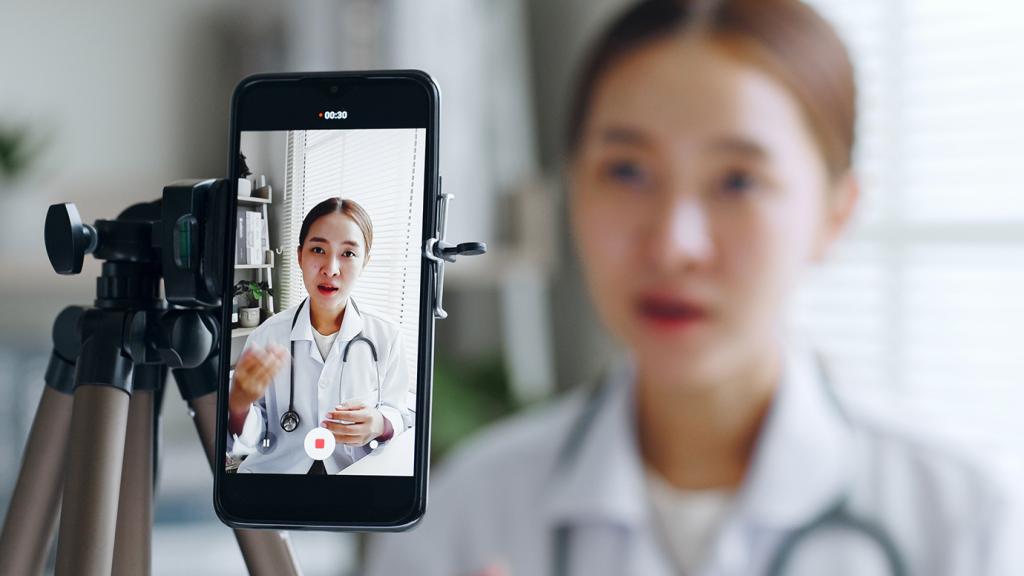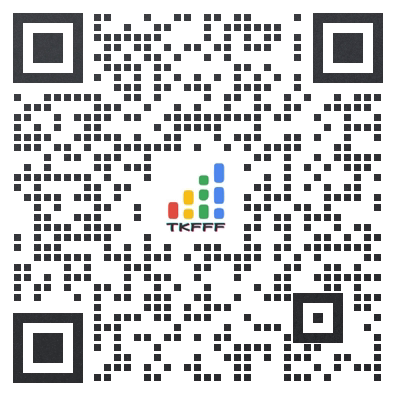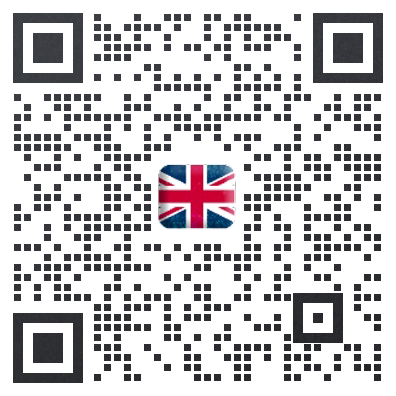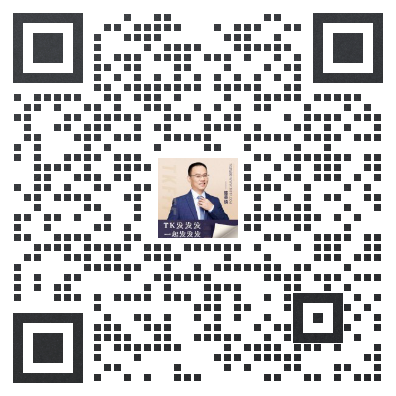Can you find good health information on TikTok? UChicago study advises caution

A new study finds that 44% of videos about sinusitis on TikTok contained health misinformation. The researchers recommended tips for finding accurate information.
Research finds 44% of videos posted about sinusitis contained misinformation
In today’s digital age, social media platforms like TikTok have become integral parts of our lives, offering not just entertainment and catchy dances but also a wealth of information on topics ranging from home improvement to world news. According to some reports, many young people even prefer to use social media in place of traditional search engines like Google when looking for answers.
Health information is no exception. Hashtags like #celiactok, #diabetestok and #sinustok have millions of views, with each tag leading to countless videos about each health issue.
A new study from the University of Chicago systematically analyzes health information on TikTok. The team found that nearly half of the videos they analyzed contained non-factual information, with a large proportion of misleading videos coming from nonmedical influencers.
“There is high-quality and factual information out there on social media platforms such as TikTok, but it may be very difficult to distinguish this from information disseminated by influencers that can actually be harmful,” said senior author Christopher Roxbury, who was a surgeon at UChicago Medicine at the time of the paper’s publication.
To combat these difficulties, the study offers advice to help lay audiences identify trustworthy health information on social media, along with insights that could help medical professionals disseminate high-quality health information that will reach more viewers.
“As a clinician, you can’t deny that anyone who comes into your office has probably looked something up — which is well within their rights to try to understand their health,” said Rose Dimitroyannis, a third-year medical student at the UChicago Pritzker School of Medicine and lead author of the paper. “At the end of the day, patients and physicians alike should understand the power of this tool, recognizing the downsides while acknowledging that there can be good quality information available as well.”
Hashtags and harm
It can be a great thing for people who share health concerns to find one another. Unfortunately, they — and anyone else who views health-related social media content — may also find misinformation. While some trends are relatively harmless, like when people were putting potatoes in their socks overnight to “draw out toxins,” others can be dangerous, such as anti-vaccine content or videos that encouraged people to drink borax with their morning coffee.
“Every type of ‘Tok’ exists – that’s just how the internet works,” said Dimitroyannis. “Little tiny segments of the population find one another and make waves.”
“At the end of the day, patients and physicians alike should understand the power of this tool.”
To narrow the scope of the study for manageable analysis, the researchers focused on a specific health condition and performed their search during a single 24-hour period to limit the effects of TikTok’s ever-shifting algorithm. They searched TikTok using specific hashtags related to sinusitis, including #sinusitis, #sinus, and #sinusinfection, cataloged the videos based on uploader types, content categories and content types, and assessed the quality of the videos using a range of metrics including understandability, actionability and reliability. These assessments relied not just on the researchers’ judgment but on validated empirical tools like the Patient Education Materials Assessment Tool for Audiovisual Material.
Around 44% of the videos contained non-factual information. Videos from “nonmedical influencers” — content creators with over 10,000 followers who did not self-identify as medical professionals — accounted for almost half of all videos and were more likely to contain misinformation and have lower quality scores. Lay individuals’ videos were more often about daily life or comedy rather than attempting to impart medical advice. Medical professionals overwhelmingly produced educational content and received higher scores for video quality, factual information and harm/benefit comparisons.
Potential dangers of health misinformation
The proliferation of non-factual videos about medical conditions, treatments or preventative measures can not only lead to confusion but can also result in detrimental health outcomes. Some “treatments” promoted on social media are genuinely dangerous. There are also subtler effects: people may miss out on getting much-needed medical care because they’ve turned to ineffective alternative treatments promoted online, or because their trust in healthcare professionals and institutions has been eroded.
“I frequently have patients in the clinic asking me questions about things they saw online or on social media, and I have found that many times the information has steered patients in the wrong direction,” Roxbury said. “In some cases, I see patients who have already sought out and undergone such treatment without any benefit; in rarer cases, they’ve been harmed.”
For example, during the period when the researchers were analyzing sinusitis-related TikToks, there was a trend of people shoving whole cloves of garlic up their noses to relieve congestion. Blowing one’s nose after inserting garlic does expel more mucus, but only because the garlic causes irritation, which increases mucus production. Meanwhile, people put themselves at risk of damaging nasal tissue or inhaling the garlic so far up their noses that it clogs the nasal passages.
“Just to put it out there — don’t put garlic in your nose,” Dimitroyannis said with a smile. “It wasn’t coming from a bad place, but as many trends do, it tended to become quite unsafe.”
Wielding social media wisely
For the general public, the researchers said their results emphasize the importance of critically evaluating health information online, cross-referencing information with reliable sources and consulting one’s own trusted healthcare professionals when in doubt.
“Medical professionals are people; they can still say wrong things,” Dimitroyannis acknowledged. “But overall, health experts are posting more beneficial content.” In the study data, only 15% of videos from medical professionals contained non-factual information, compared to nearly 60% of videos from nonmedical influencers.
Even though nonmedical influencers’ videos generally had lower quality scores and contained more misinformation, they had greater visibility because they were by far the most prolific group in the study’s sample. The researchers say this imbalance should prompt healthcare professionals to be more active on social media. They offered tips medical experts could use for increasing accessibility or combatting existing misinformation, such as using the “stitch” and “duet” features on TikTok.
“If you’re a healthcare expert with any interest in content creation, you could make a difference,” Dimitroyannis said. “Someone could see your video and get the health information they need instead of seeing something that could hurt them.”
Other study co-authors included David Fenton, Stella Cho, Rachel Nordgren and Jayant M. Pinto.
文章来源:uchicago


TKFFF公众号
扫码关注领【TK运营地图】

TKFFF合作,请扫码联系!







 闽公网安备35021102002035号
闽公网安备35021102002035号